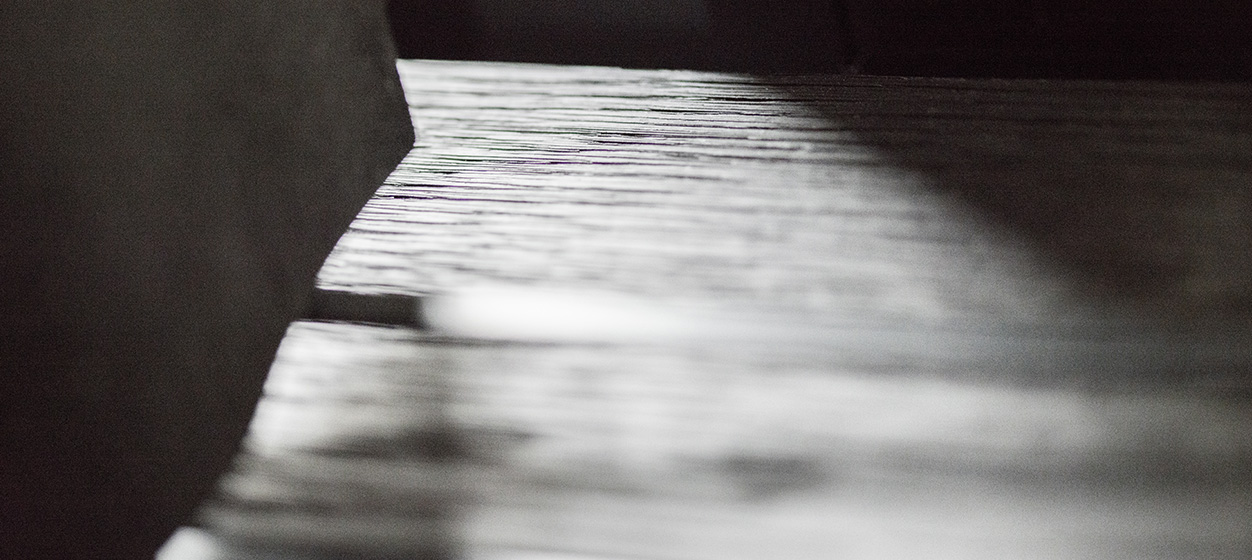Lak Bo, Matti Braun
Liaigre invites German artist Matti Braun to its address on the right bank at 77 rue du Faubourg Saint-Honoré under the workshop skylight. Poetic and sensual, « Lak Bo » exhibition encourages contemplation and meditation while revealing a world where cultural boundaries are subtle and permeable.
Exhibition until July 1, 2024.
Curator: Carlos Sicilia in partnership with Esther Schipper.
Photographers: Sylvie Becquet, Milica Lopicic.
See details
Liaigre invites German artist Matti Braun to its address on the right bank at 77 rue du Faubourg Saint-Honoré under the workshop skylight. Poetic and sensual, « Lak Bo » exhibition encourages contemplation and meditation while revealing a world where cultural boundaries are subtle and permeable.
Exhibition until July 1, 2024.
Curator: Carlos Sicilia in partnership with Esther Schipper.
Photographers: Sylvie Becquet, Milica Lopicic.
Close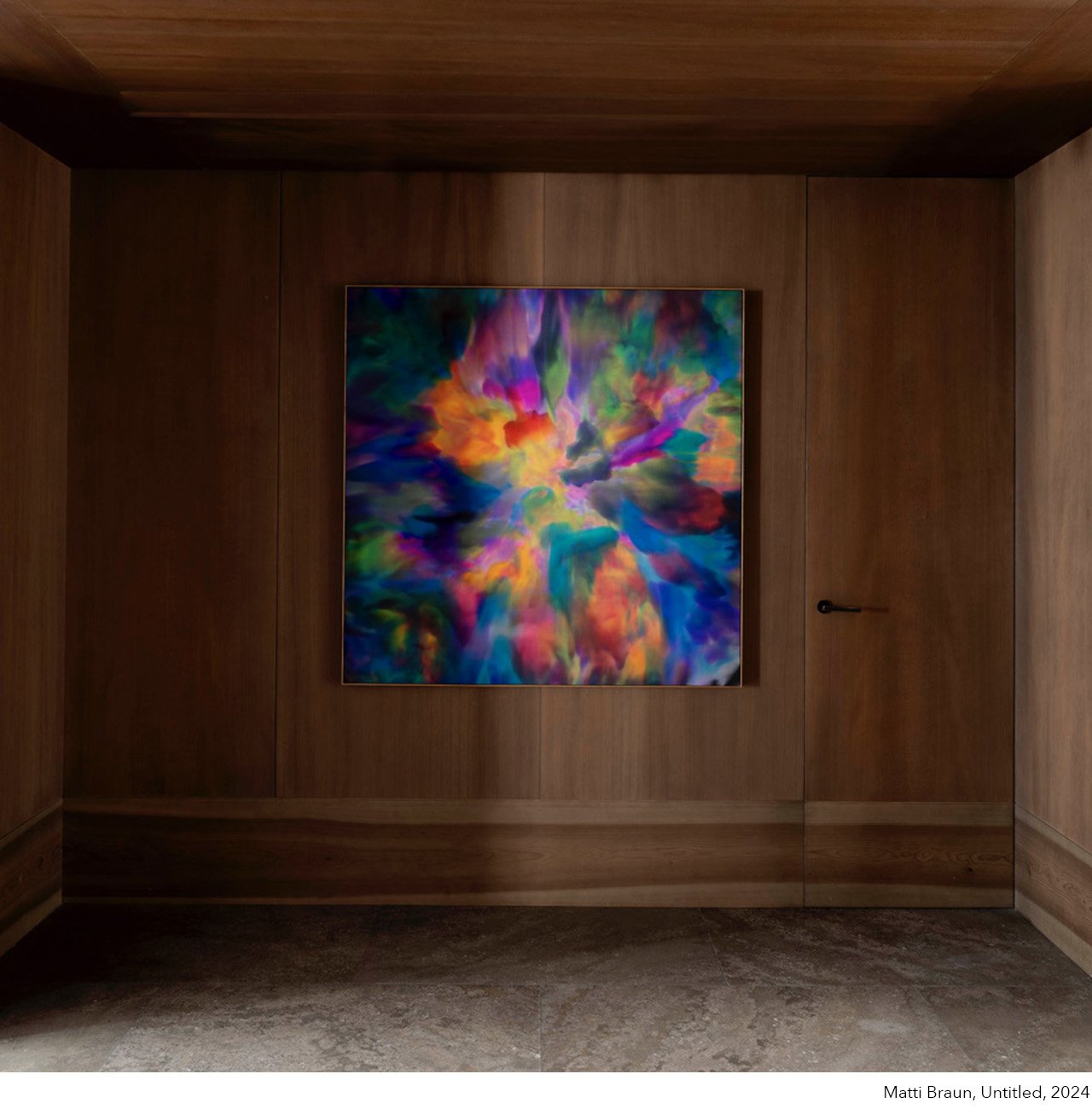
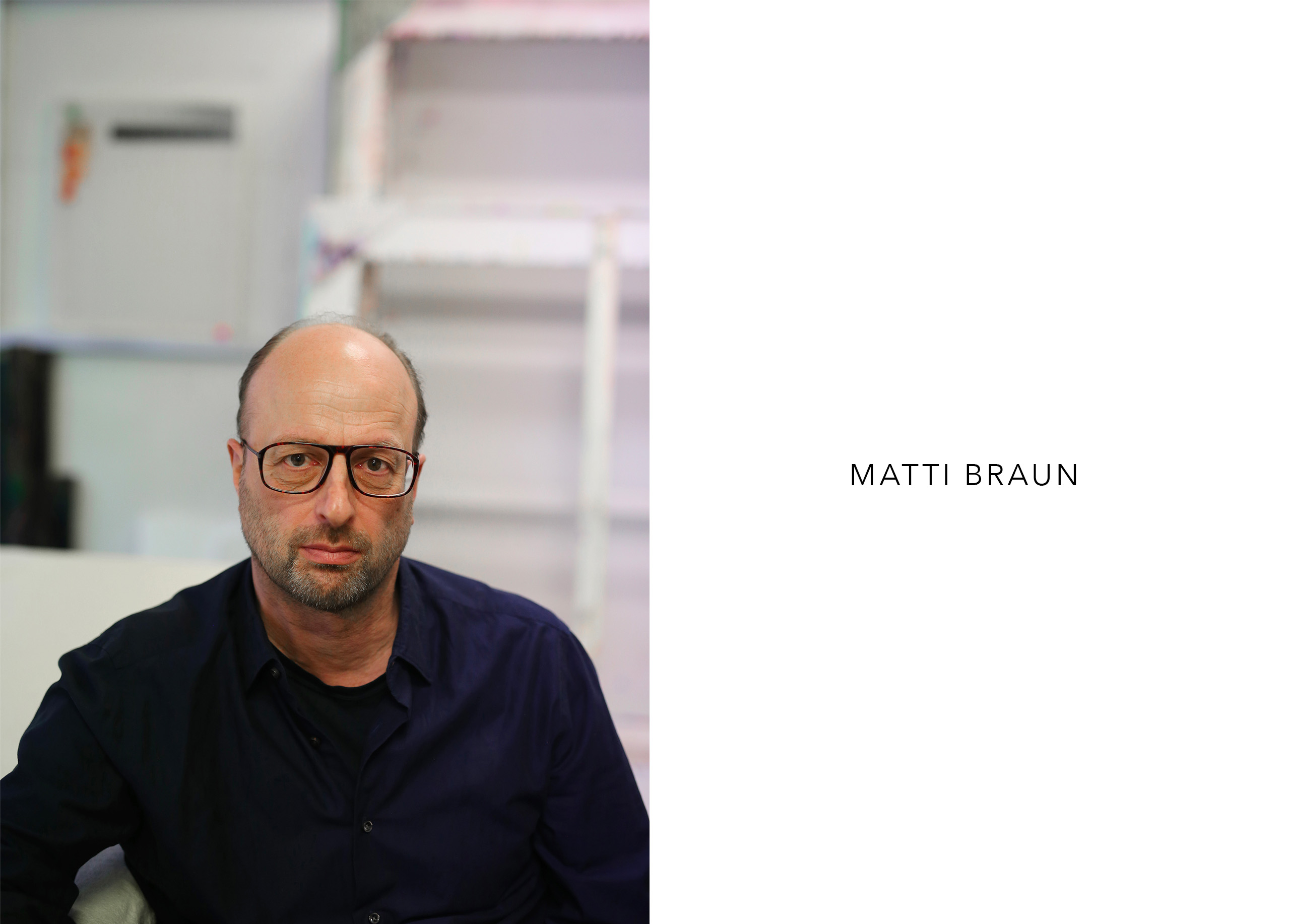
Matti Braun was born in 1968 in Berlin, Germany. He studied at the Städelschule, Frankfurt and at the Braunschweig University of Art (HBK). The artist lives and works in Cologne. In 1994, Braun was awarded the Bonner Kunstverein’s Peter Mertes Award and in 2004, the Förderpreis des Landes Nordrhein-Westfalen für Bildende Kunst. Matti Braun’s work investigates the unexpected, often little-known effects of cross-cultural dynamics, making visible patterns of artistic migrations and cultural misrecognitions. The artist’s exhibitions have often been organized around a specific example of such appropriation, taking, for instance, an elaborate web of
interdisciplinary associations spun around the Indian physicist Vikram Sarabhai that include Mahatma Gandhi, Le Corbusier, the development of the Indian space program, the Ulm School of Design and Lynda Benglis as point of departure for displays that included textile works, objects, photographs and large-scale installations. Matti Braun’s work is characterized by a constant negotiation between concrete references and general allusions, between poetic ephemerality and an uncanny sense of visceral immediacy.
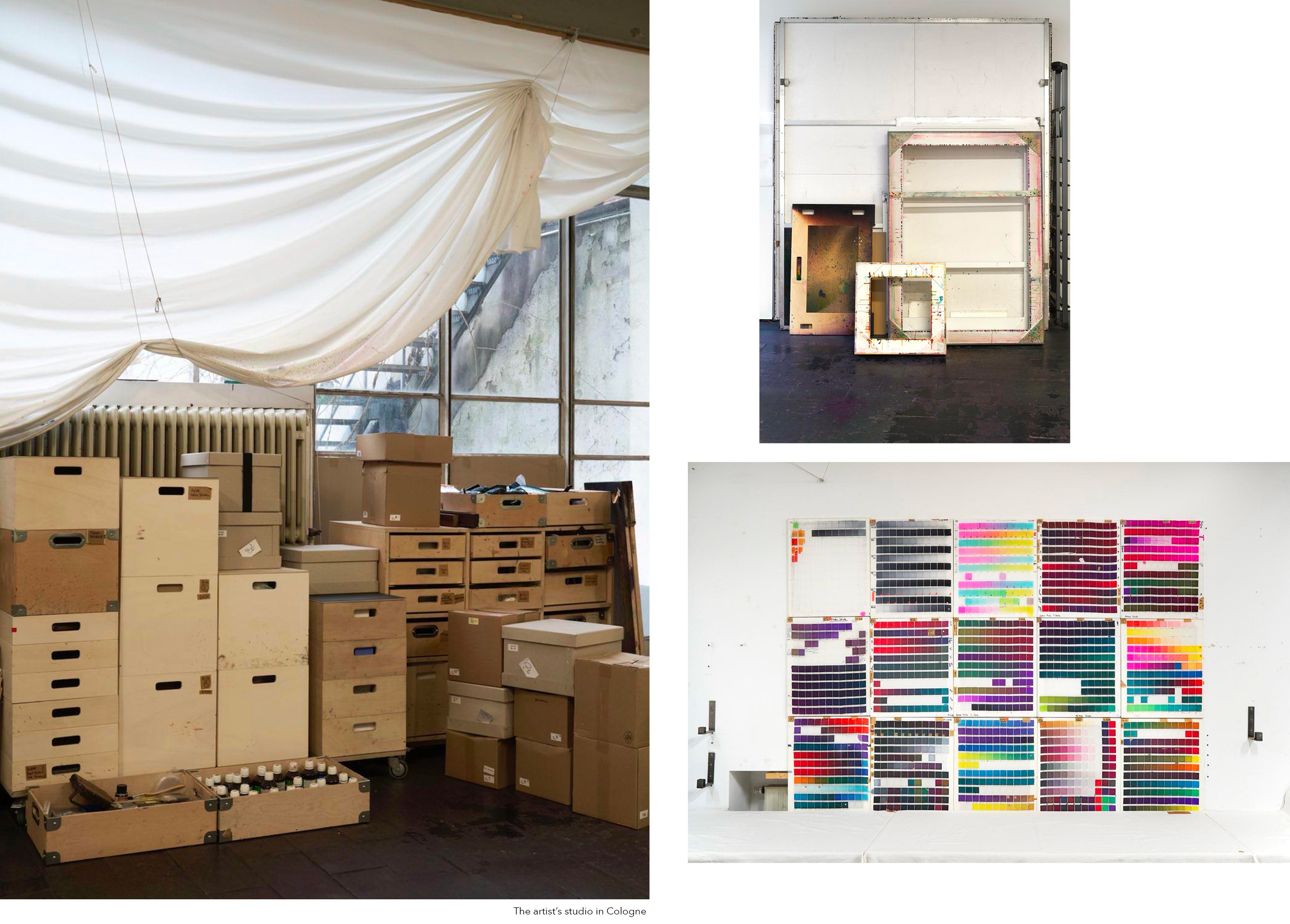
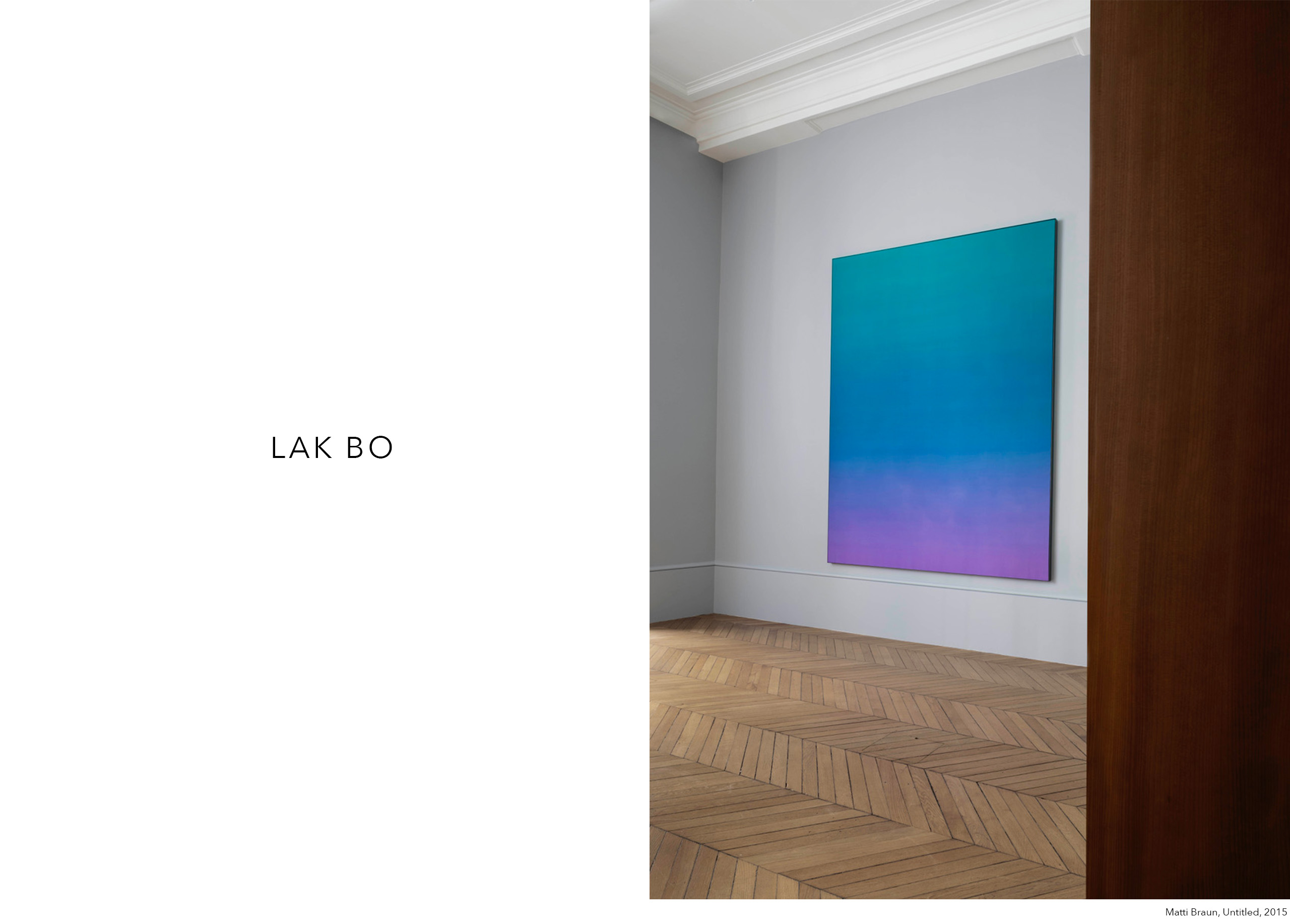
The «Lak Bo» exhibition immerses visitors in a unique universe, presenting a collection of silk paintings and blown glass works placed on three circular plinths designed by the artist. Poetic and sensual, presented in distinct settings, Matti Braun’s works encourage contemplation and meditation while revealing a world where cultural boundaries are subtle and permeable. The collection of exhibited works bears witness to the artist’s close ties with Maison Liaigre. Here, materials engage in dialogue with purity and simplicity. Studying various forms of craftsmanship in a globalized society where industrial techniques replace traditional ones, Matti Braun employs different materials evoking popular culture: wood, sand, silk, ceramic, glass, stone, or fabric. His protean work evolves during travels, revealing the porosity existing between different cultures and how the function of an object can be diverted. Braun’s paintings are made from silk panels mounted in thin aluminum frames.
The dyeing process used by the artist draws its roots from traditional Eastern textile production techniques often used for religious or ritual purposes. Initially executed on raw silk, these series include passages with vibrant colors or circular splashes that appear almost painterly and openly recall post-pictorial abstraction.
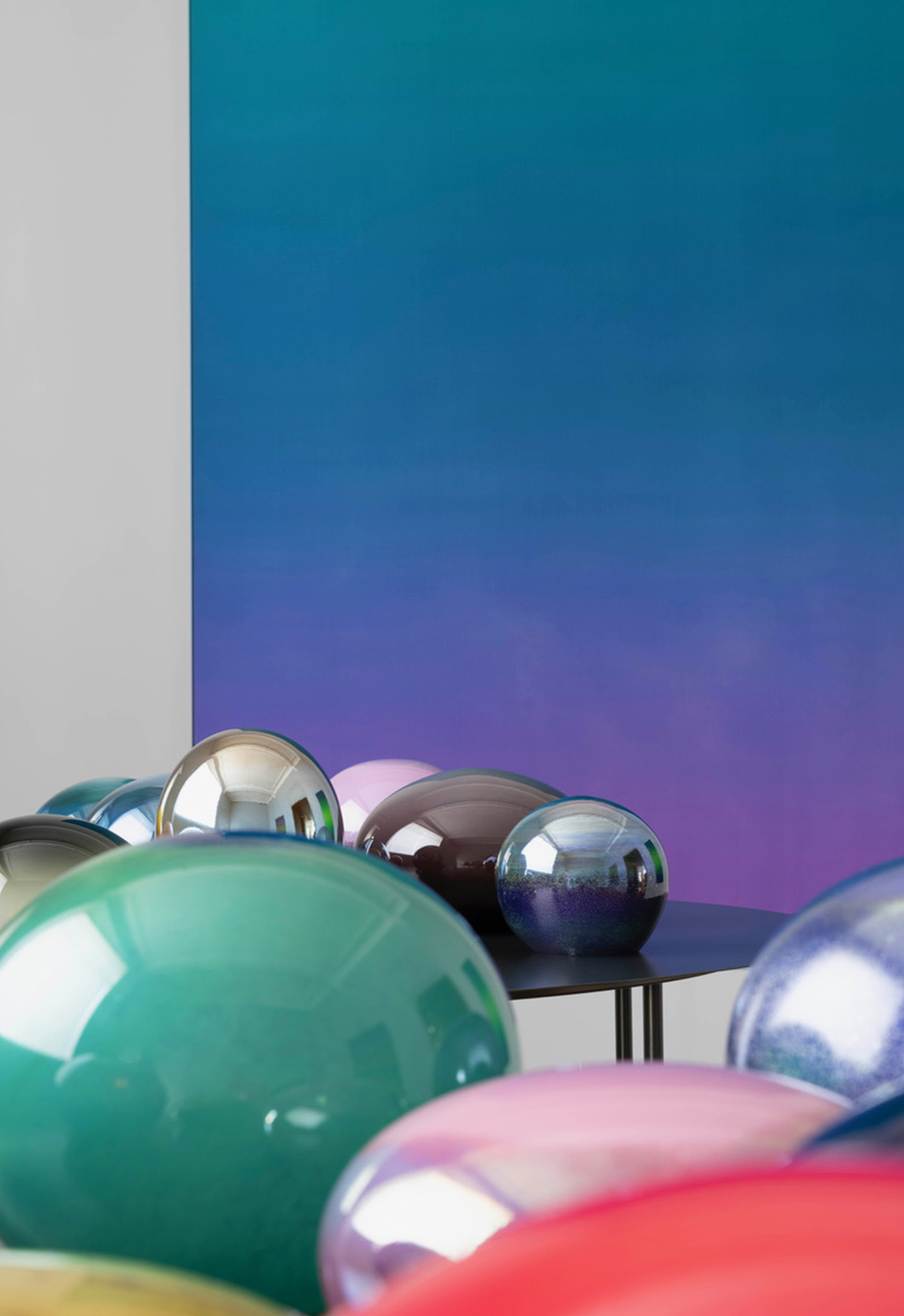
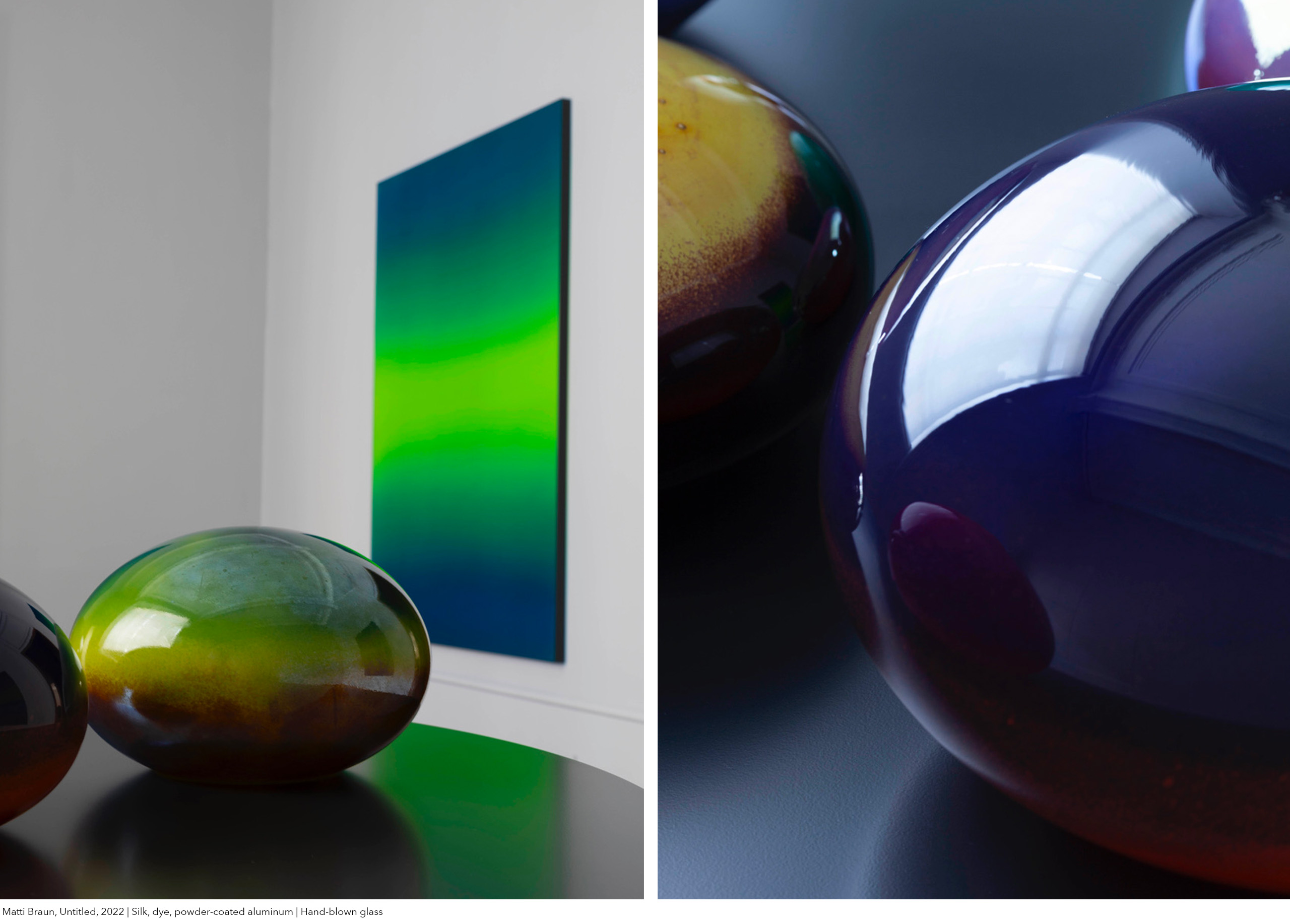
The hand-blown glass objects, produced in traditional foundries under the artist’s supervision, play with their hybrid status of sculpture and artisanal product as well as with the tension that has traditionally existed between these two domains of production – that of art and craftsmanship. The translucent objects resemble eyes, especially the protruding «insect» eyes found in popular depictions of the exaggerated physiognomy of extraterrestrial creatures. A first glasswork was used as a prop in his staging of his piece The Alien (based on Satyajit Ray’s unrealized film project, said to have inspired Steven Spielberg’s film E.T.). Each work is determined by unique material and execution properties; its final form, exact physical traits, and
specific color fully manifest only when the glass has sufficiently cooled. Materially, glass is actually made from sand, another recurring element in Braun’s exhibitions, and its color remains intact: the color of a shard of glass dating back thousands of years will not fade or discolor. These objects freely pursue their destiny, akin to visitors traveling through time. Matti Braun’s projects are often organized around a specific example of appropriation, taking an elaborate network of interdisciplinary associations as a starting point. His work revolves around the inability of objects to contain the meaning with which we charge them, drawing attention to the multiplicity of interpretations that our personal and cultural histories imbue perception with.
Discover other
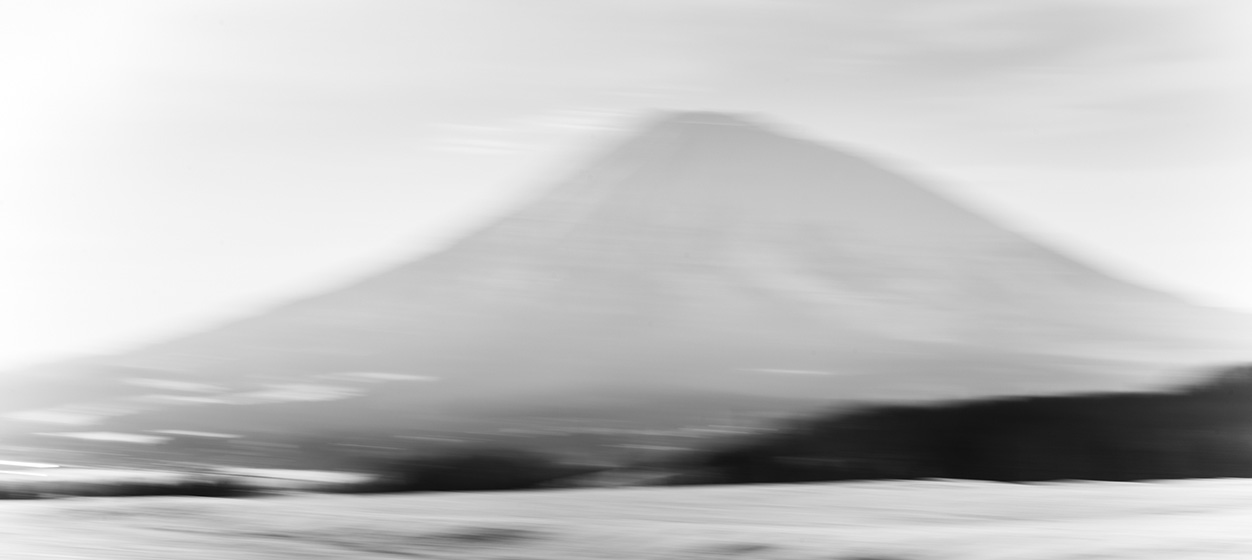
Niseko, Japan
